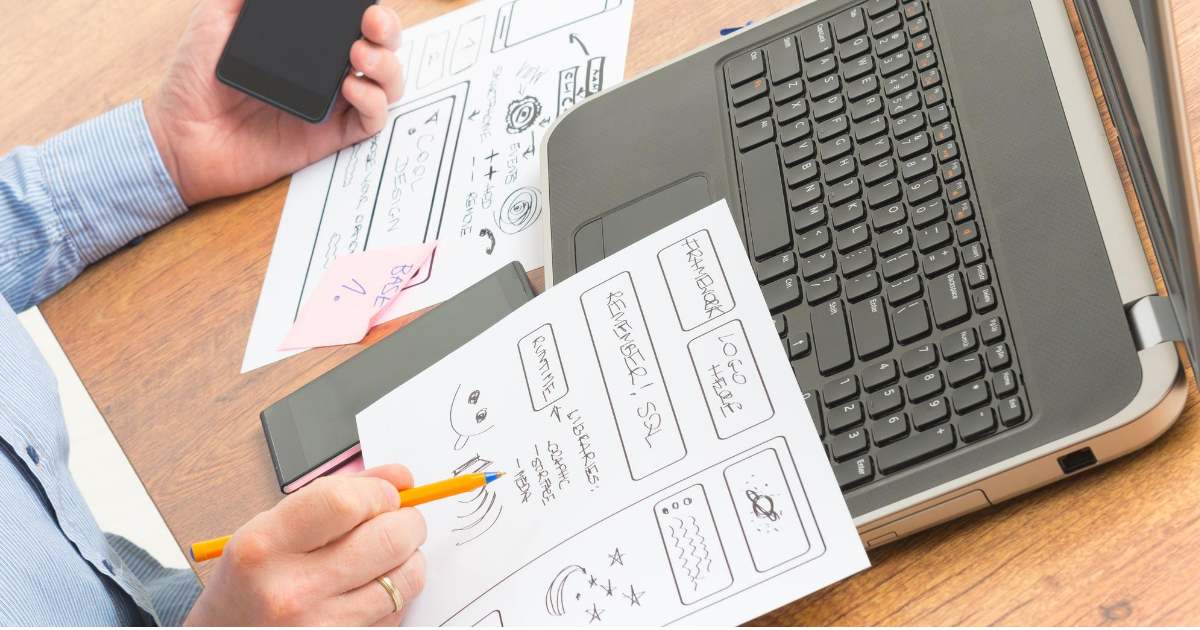Email marketing plays a strong role in today’s digital landscape, serving as a powerful tool for businesses to touch base with their target audience, nurture customer relationships, and drive conversions. It offers a direct and personalized way to communicate with customers, prospects, and leads, allowing businesses to deliver relevant content, promotions, and updates directly to their inboxes.
Key advantages of email marketing include widespread adoption and accessibility. Almost everyone has an email address, and people regularly check their inboxes, making it a prime channel for reaching a broad audience. Email marketing provides a higher level of control and ownership than social media platforms, where algorithm changes, and content visibility can impact the reach and effectiveness of marketing efforts.
Building an Email List
Building an email list is a step in any email marketing success. It involves obtaining permission from individuals who willingly subscribe to receive communications from your business. Utilize opt-in forms on your website, landing pages, or social media platforms. These forms allow visitors to provide their email addresses voluntarily and explicitly express their interest in receiving communication from your business.
Clearly state the purpose and frequency of emails when collecting email addresses. Transparency is key to building trust and managing expectations. Avoid purchased or rented lists. Purchased or rented lists typically consist of individuals who have not expressly been permitted to receive emails from your business. Instead, focus on organic list growth through opt-in forms and other ethical means.

Creating Effective Email Content
Segmenting your Audience
Segmenting your audience allows for targeting specific demographics or interests. Tailor messages and offers to each segment, increasing the chances of resonating with your audience.
Crafting Compelling Subject Lines
Focus on creating subject lines that evoke curiosity, urgency, or value. Experiment with different strategies, such as posing a question, using personalization tokens, or highlighting a benefit to entice recipients to open the email.
Writing Engaging Email Copy
Use clear and concise language to convey your message effectively. Avoid lengthy paragraphs and use bullet points or subheadings to enhance readability. Include a clear call-to-action that guides recipients on what to do next.
Optimizing for Mobile Devices
Ensure your emails have a responsive design that adapts to different screen sizes. Use a single-column layout, legible fonts, and appropriately sized images. Prioritize concise and scannable content as mobile users quickly skim emails.
Design and Layout
Using a Clean and Visually Appealing Design
Ensure that your email design aligns with your brand identity and maintains consistency. Use consistent branding elements such as logos, color schemes, and fonts to reinforce your brand image.
Organizing Content Effectively
To highlight important information, create a clear hierarchy using headings, subheadings, and formatting. Break up your content into sections to improve readability and guide readers through the email.
Including Relevant Images and Multimedia
Use high-quality images relevant to the email’s content and purpose. Optimize image sizes to ensure faster loading times and compatibility across different devices and email clients.
Email Deliverability
Maintaining a Healthy Sender Reputation
Send emails from a reputable domain with a good track record of sending legitimate and valuable content. Avoid using free or suspicious-looking domains that may raise red flags for spam filters. Monitor and manage bounce rates by regularly cleaning your email list and removing invalid or inactive email addresses.
Complying with Email Regulations and Best Practices
Include a clear and visible unsubscribe option in every email to allow recipients to opt out of your communications. Additionally, provide a physical mailing address in your emails, which is a legal requirement in many jurisdictions and adds credibility to your messages.
Testing Email Deliverability and Spam Filters
Use email testing tools that simulate different email clients and spam filters to check how your emails appear and perform. Pay attention to the spam score assigned to your emails and make necessary adjustments to reduce the risk of messages being flagged as spam.

Email Automation and Personalization
Implementing Automated Email Workflows
Create a welcome series for new subscribers to introduce them to your brand, set expectations, and provide valuable resources. This series can consist of multiple emails sent over a specified period, nurturing the relationship and encouraging further engagement.
Utilizing Personalization Tokens
Customize emails with the recipient’s name, location, or past purchase history to make them feel more relevant and engaging. Moreover, leverage subscriber data to provide personalized recommendations or offers based on their preferences or browsing behavior.
Email Metrics and Analysis
Tracking and Analyzing Email Performance
Monitor open rates to gauge the effectiveness of your subject lines and email content in capturing recipients’ attention. Track click-through rates to measure the engagement and interest generated by your emails. Utilize A/B testing to optimize your email campaigns.
Using Email Analytics Tools
Popular tools like Google Analytics, Mailchimp, or other email service providers offer robust analytics features. These allow tracking and measuring various metrics, such as open, click-through, and conversion rates. Analyze subscriber behavior, such as purchase history, website visits, or responses to previous campaigns, to tailor future emails and offers to their preferences.
Maintaining Subscriber Engagement
Consistent Email Frequency
Avoid over-emailing, as it may lead to subscriber fatigue and increased unsubscribes or spam complaints. Find a frequency that works for your audience and industry, and set expectations with your subscribers regarding the number of emails they can expect to receive.
Providing Valuable and Relevant Content
Offer various content types. Ensure your content is valuable, informative, and aligned with your subscribers’ interests and needs. Furthermore, tailor your content to specific audience segments based on their preferences, demographics, or past interactions.

Ensuring Email Security and Privacy
Protecting Subscriber Data
Utilize robust security measures to safeguard the storage and handling of email addresses, personal information, and other sensitive data. Furthermore, employ encryption and access controls to prevent unauthorized access and ensure data confidentiality. Familiarize yourself with the requirements of these regulations and implement necessary procedures to meet compliance standards.
Using Email Encryption and Secure Transmission Protocols
Implement Transport Layer Security (TLS) or Secure Sockets Layer (SSL) encryption to secure the transmission of emails between your servers and the recipient’s email servers. Moreover, encryption ensures email content and attachments are protected from unauthorized interception or tampering.
Following Email Marketing Practices
By following best practices in email marketing, you can build a solid and engaged subscriber base, deliver relevant and personalized content, and optimize your email campaigns for success. Moreover, consistency in email frequency and providing valuable content tailored to your subscribers’ preferences foster ongoing engagement. Furthermore, prioritizing email security and privacy ensures the protection of subscriber data and maintains their trust.
Email marketing is an iterative process, and continuous optimization and adaptation based on data analysis and industry trends are key to achieving long-term success. Moreover, by staying proactive and refining your strategies, you maximize the effectiveness of your email marketing efforts and drive meaningful results for your business.








